Kona Coffee Farm Belt- 100% Pure Kona Coffee-History Of The Farm
KTL Kona Coffee Farm in the heart of the Kona Coffee Farm Belt is where we produce 100% Pure Kona Coffee.
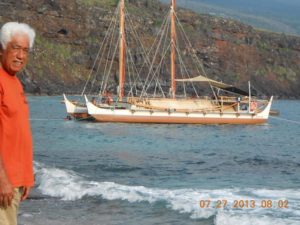
In 1856 my ancestors were awarded land located in the middle of the Kona Coffee Farm Belt during the “Great Mahele.” The Mahele resulted in the abolition of the previous semi-feudal system. Under this system, rule over an ahupua’a was given by the king to a chief. The land began from the ocean to the mountain, partitioned in narrow strips containing a lowland cultivated area and upland forested region. Everything needed to live completely off the land was there. Family living near the ocean traded fish for meat, or taro root for sweet potato. My ancestors believed that the land, the sea, the clouds and all of nature were interconnected. And it was important to use all of the resources around them to reach a balance in life.
My grandmother eventually inherited the land. She then met and married my grandfather who had migrated to Hawaii from China. He brought with him orange seeds from the province where he lived. The trees from the seeds he planted would become a living reminders of a land and life that he left behind. He was a familiar sight seen tending his trees in the Ho’okena region of Captain Cook. People passing began calling him “Alani” meaning orange in Hawaiian. He later adopted the name in place of his Chinese name. My father’s brothers and sisters kept the Hawaiian name but my father chose the real Chinese name, Tung-Loong.
In 1913, my grandmother eventually decided to convey her land to her “keiki” (children) to effectively keep title within the family. She divided the land into 10-15 acre parcels for each of her children. By this time. my family was growing coffee, oranges, and other exotic fruit.
100% Pure Kona Coffee From The Kona Coffee Farm Belt

Only 600 small farms are located in the Kona Coffee Farm Belt. The location has the perfect environment for producing 100% Pure Kona Coffee:
- Volcanic fertile soil.
- 500 ft. to 3,000 ft. altitude.
- Morning sunshine and temperature never lower than 55 degrees F.
- Cloud cover or shade from intense sun by late afternoon.
- Mountain slope and lava rock for good drainage.
- The older and richer lava flow found in the “belt” not found elsewhere.
The Birth Of The Farm- Growing 100% Pure Kona Coffee
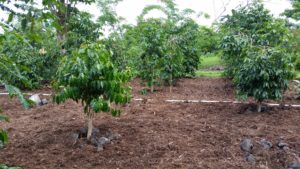
I began my Kona coffee farm in 2009 soon after inheriting the land. Ancient Arabica and Guatemalan trees were already growing. The lower area of my farm now contains 1500 coffee trees. The higher rain forest area will be preserved in the spirit of respect for balance and harmony.
Hawaii State regulations mandate that only coffee grown in the Kona Coffee Farm Belt can legally be called Kona Coffee. Coffee grown outside the belt must be called Hawaiian coffee. Be sure the coffee your purchase is truly 100% pure Kona coffee.
100% Pure Kona Coffee: Harvest To Roast
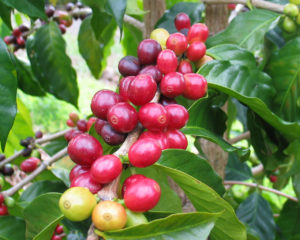
In the South Kona district of Captain Cook harvest time is a happy, long awaited time of high anticipation. Everything I have done all year for the benefit of my trees has finally reached fruition. KTL Kona Coffee Farm is a Single Estate Farm that does not purchase coffee cherry from any other farm. I am hoping this year that my farm will produce enough coffee to last the season and fill the orders from my customers.
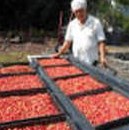
The first bright red color of ripening cherry begins in August. We begin picking early in the morning. At noon the cherry is brought down the hill to the pulping table and emptied into a large container filled with water. Any cherry of poor density will float and be removed.
Pulping the cherry comes next. The cherry skins are removed in the pulping machine that also separates the bean into two beans per cherry.
Afterward, the beans are moved into a container filled with fresh water for fermentation for removal of the slimy mucilage on the beans. After 12 -15 hours, the mucilage can be easily washed away and the beans set in drying beds to dry three or four days. The desired moisture level is 10 or 10.5 as measured on a moisture meter.
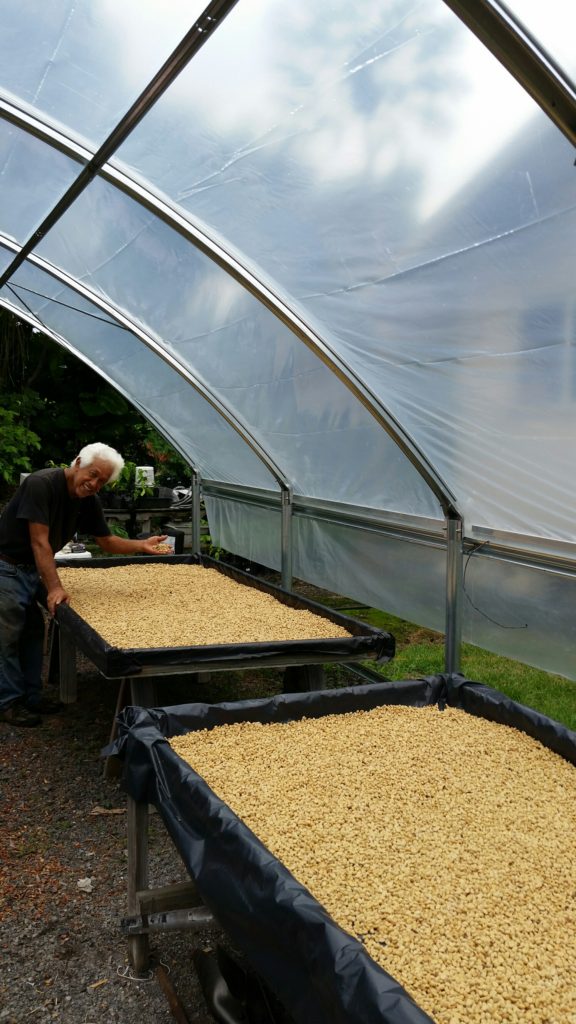
When dried, the coffee is fed through the dry milling machine for removal of the thin husk or parchment that covers the beans. Afterwards grading is done by placing the coffee on screens designed to separate the beans according to size from largest to smallest: Extra Fancy #19, Fancy #18, and #1. We select a mixture of these top three grades for roasting.
100% Pure Kona Coffee-Fertilizing, Pruning, and Balance
Getting our Kona coffee trees to consistently produce large beans with outstanding flavor requires regular application of organic nutrients. My trees are fertilized from December to August with organic fertilizer from green waste mulch, leaves and branches from pruning, and cherry pulp from processing. This was the only known farming practice used by my ancestors.
Pruning The Kona Coffee Trees begins in January. The trees are trimmed back, with only the best four branches kept. Suckers growing between the branches are also removed. Soon white blossoms begin to cover the trees, and a couple weeks later, miniature green coffee beans emerge tightly clustered on the branch, and the signal of a good harvest.
KTL Kona Farm is committed to sustainable farming and conservation of natural resources. My Native Hawaiian ancestors were committed to balance in their interaction with the environment. They used the resources within their ‘ahupua’a, practiced aloha or respect, laulima or cooperation, and malama or responsible management to achieve pono, and righteous balance.
